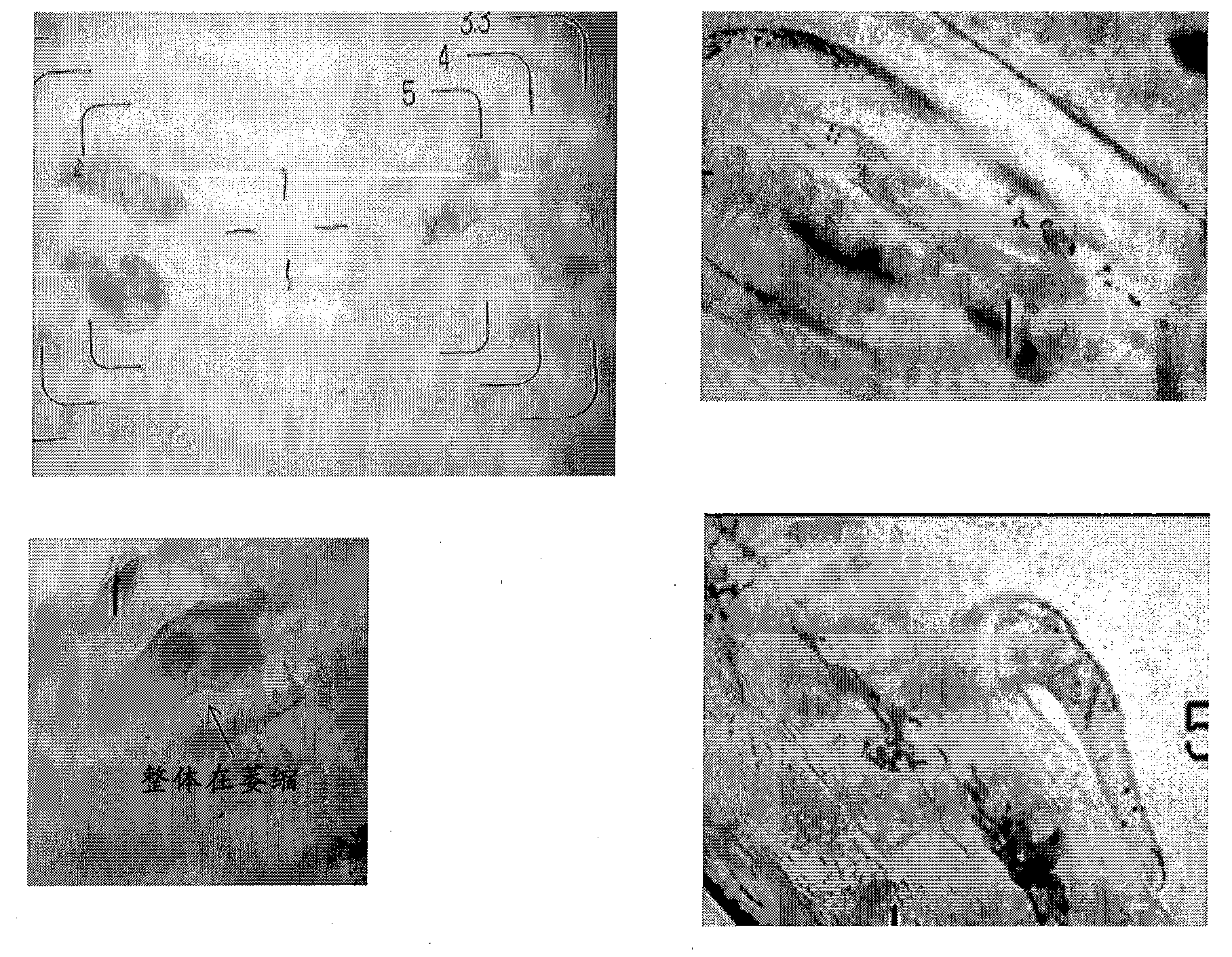Fish parasite extermination agent and extermination method
A technology of parasites and repellants, applied in the field of parasite repellants
- Summary
- Abstract
- Description
- Claims
- Application Information
AI Technical Summary
Problems solved by technology
Method used
Image
Examples
Embodiment 1
[0052]
[0053] experiment method:
[0054] Amberjack 30 tails with an average fish weight of about 150 g were reared in a 500-liter tank for about 7 days, and they were domesticated at a water temperature of 25°C. During the feeding, commercially available feed was given, and the feeding rate was set to 3% of the fish's body weight. The water injection is set at 4.8 liters / minute. The exposure of the parasite to the fish was performed twice at the beginning of the test (the first exposure) and on the fourth day (the second exposure). The exposure of this parasite was carried out as follows: About 6000 hatchling larvae of Neobenedenia leucocephalus were put into a 500-liter water tank and set in static water for 1 hour. After the parasite was exposed on the fourth day of the test, 10 each were housed in 3 200-liter water tanks. The water injection during the rearing period was 2.4 L / min. Commercially available feed was fed for 6 days from the start of the experiment, and the ...
Embodiment 2
[0067]
[0068] experiment method:
[0069] Amberjack 73 tails with an average fish weight of about 210 g were reared in a 500-liter tank for about 7 days, and they were domesticated at a water temperature of 25°C. During the feeding, commercially available feed was given, and the feeding rate was set to 3% of the fish's body weight. Water injection is 4.8 liters / min. The exposure of the parasite to fish was performed twice at the beginning of the experiment (the first exposure) and on the fourth day (the second exposure). The exposure of this parasite was carried out as follows: About 14,000 hatchling larvae of Neobenedenia leucocephalus were put into a 500-liter water tank and set to stand still water for 1 hour. After the exposure of the worm on the 4th day of the test, 10 each were housed in 7 200-liter water tanks. In addition, in order to investigate the parasite body length at the start of drug administration, the remaining 3 tails were housed in a 200-liter water tank....
Embodiment 3
[0083]
[0084] experiment method:
[0085] Amberjack 37 tails with an average fish weight of about 328 g were reared in a 500-liter tank for about 7 days, and they were acclimatized at a water temperature of 25°C. During the feeding, commercially available feed was given, and the feeding rate was set to 2% of the fish's body weight. Water injection is 4.8 liters / min. Exposure of this parasite to fish was performed at the beginning of the experiment. The exposure of this parasite was carried out as follows: about 7,400 hatchling larvae of Neobenedenia leucocephalus were put into a 500-liter water tank and set to stand still water for 1 hour. After the insects were exposed, each 5 tails were housed in 7 200-liter water tanks. In addition, in order to investigate the body length of the parasite at the start of drug administration, the remaining 2 tails were kept in a 500-liter water tank and reared. The water injection during the rearing period was 2.4 L / min. Commercially avai...
PUM
 Login to View More
Login to View More Abstract
Description
Claims
Application Information
 Login to View More
Login to View More - R&D
- Intellectual Property
- Life Sciences
- Materials
- Tech Scout
- Unparalleled Data Quality
- Higher Quality Content
- 60% Fewer Hallucinations
Browse by: Latest US Patents, China's latest patents, Technical Efficacy Thesaurus, Application Domain, Technology Topic, Popular Technical Reports.
© 2025 PatSnap. All rights reserved.Legal|Privacy policy|Modern Slavery Act Transparency Statement|Sitemap|About US| Contact US: help@patsnap.com



